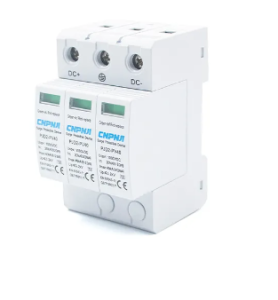The selection of the appropriate plastic waterproof box depends on a number of parameters, including, but not limited to, such factors as durability, protection level, size, and environmental compatibility. Plastic waterproof boxes protect sensitive electronics, wiring, and components against water, dust, and impact. The first important consideration in creating this type of protection is the IP rating of a box, referring to the measure that denotes resistance to dust and water. Indeed, for quite a large number of cases-when the equipment is required for outdoor use-a rating like IP67 makes the device dust-tight and able to withstand temporary immersion.
Material quality is also important. The boxes that are made of polycarbonate or ABS plastic are popular in these scenarios due to their resistance to impact and durability, especially in outdoor installations. UV-resistant types are very helpful in installations that are exposed to sunlight. Over time, UV tends to weaken plastic. According to Electronic Design Magazine, the life of a box can be extended by up to 20% by using UV-resistant materials that reduce long-term replacement costs.
Other considerations are size and compatibility with the mounted internal components. A box should allow room for equipment but leave space for airflow to avoid overheating. Most waterproof boxes come with internal partitions or mounting brackets that allow you to mount components and have a neat installation. These are important, especially in installations that have to be neat, where wiring has to be properly tucked away, and where mounting has to be secure.

Other factors include temperature tolerance. A high-quality Plastic Waterproof Box can support from -40°C up to 120°C, which could be imperative in the case of very extreme climates. For example, it is true that most outdoor security systems or solar installations face extremely high heat or freezing conditions. A box with wide temperature tolerance will ensure reliably professional performance in such conditions. Impact resistance allows some models not to crack if dropped without compromising the seal.
Assurance of quality by warranty and certification is also possible. Many reliable suppliers offer a 1-5-year warranty, which already assures good durability for the box. Certification, for one, means compliance with international safety standards and ensures that the enclosure will be able to meet industry guidelines in terms of protection and performance.
The selection for users' needs must be based on IP rating, UV resistance, size, and temperature tolerance to guarantee protection for long-life reliability. By selecting a box that fits specific needs, users will protect sensitive equipment, reduce maintenance costs, and maximize value and security for an installation.